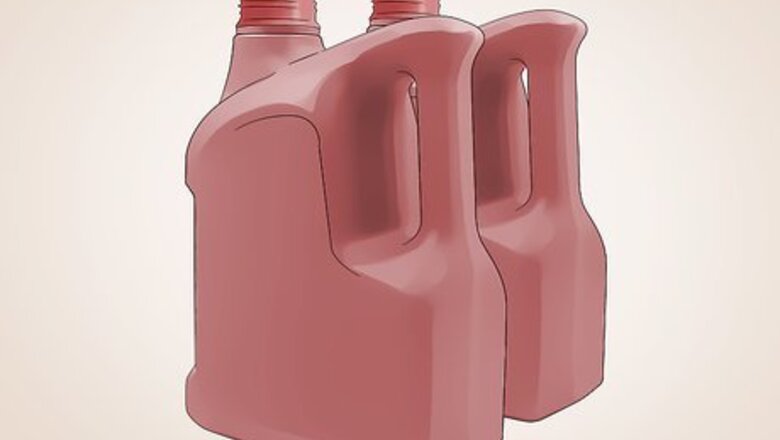
views
Bringing Motor Oil to a Recycling Site
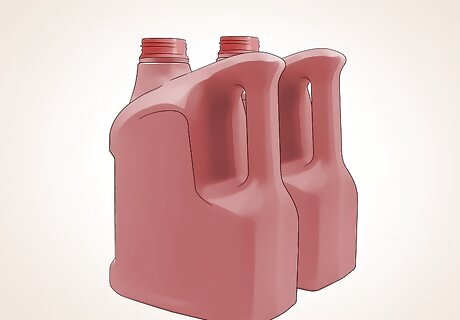
Save the original container when you change the oil so you can reuse it. Put the lid back on the empty container and set it somewhere safe, like on a shelf in the garage or a shed. Once it’s time for you to change the oil again, you can put the used oil back into its original container to make it easier to recycle. If you don’t save the original container, use a clean metal or plastic container that has a tight-fitting lid when the time comes to recycle the oil. Even a milk jug or something similar will work!
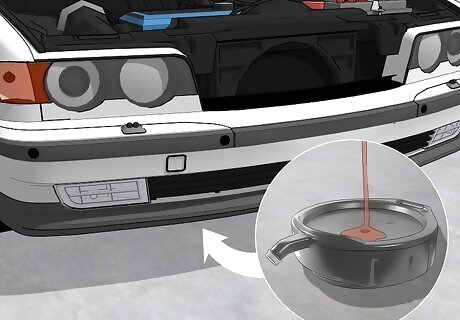
Collect the motor oil in a drain pan when you next go to change the oil. Put a drain pan, or a drip pan, underneath your car to catch the oil. You may also want to put a tarp underneath the drain pan just in case there is any spillage. Make sure the drain pan is clean of other liquids when you use it. Motor oil should never be mixed with things like antifreeze or brake fluid. Many modern drip pans are made specially to be sealed and used to transport oil to be recycled. If you have one of these, there is no need for the original oil container.
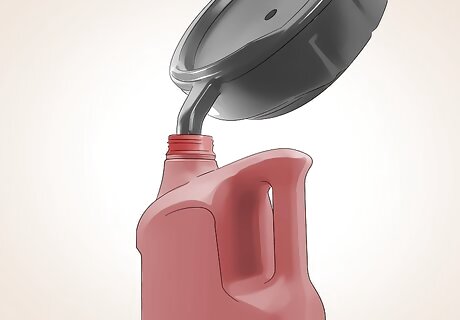
Pour the oil from the drain pan back into the original container. If needed, use a funnel to get the oil from the drain pan back into its container with minimal spillage. You may want to ask someone to hold the container while you pour to ensure it doesn’t accidentally tip over. Don’t worry about how dirty or clean your oil is! The recycling process gets rid of all those impurities, even if the oil is really old and dirty.
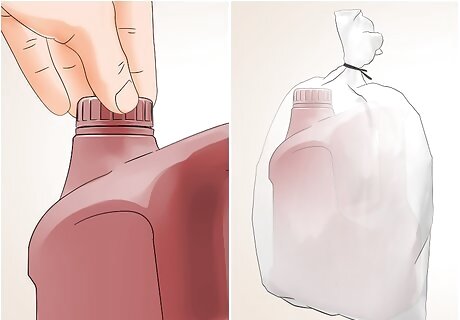
Cap the container and place it into a plastic bag. Secure the lid on the container as tight as you can. Put the container into a plastic bag so that if there is oil on the outside it won’t accidentally get onto anything else. It can be really difficult to clean up oil, so use caution when getting it ready to recycle.
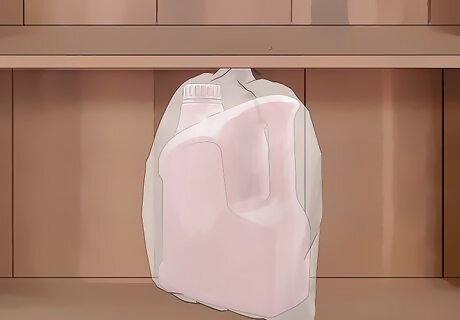
Store the oil in a cool, dry place until you’re ready to drop it off. Keep the oil away from heat sources, sunlight, and small kids or pets who might get into it. A dark shelf in a garage or shed will keep it safe. If the oil gets too hot, it could actually start to evaporate. If it gets too much sunlight, the oil may start to deteriorate.

Locate the nearest drop-off location in your area. Most auto parts stores accept used oil for recycling purposes. If you can’t find a drop-off location and need to go to the actual recycling facility, look for one that is labeled “ABOP” (antifreeze, batteries, oil, and paint)—they accept materials that can’t be taken at regular recycling plants. For more information on locations near you, check out https://earth911.com/recycling-guide/how-to-recycle-motor-oil-and-filters/#recycling-locator.Warning: Don’t put the container of used motor oil out with your regular curbside recycling. It won’t end up in the right facility.
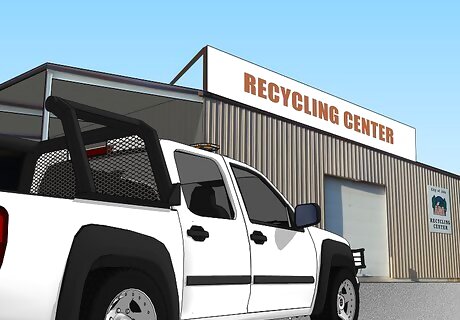
Take your used oil to the drop-off location and turn it in. Check the hours at the facility to make sure they’ll be open. In some cities, you could potentially get paid for your recycled oil, but in most cases, it’s simply a drop-off-and-go deal. By recycling your motor oil, you’re helping the environment! Motor oil takes a very long time to degrade and can cause major environmental problems if it is spilled. When it gets recycled, it’ll be re-refined into new oil and used again.
Disposing of Cooking Oil
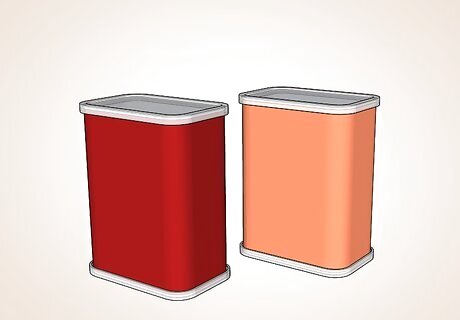
Set aside a clean container with a lid to collect your used cooking oil. Use something like a metal coffee tin or a plastic tub. Clean it out beforehand with warm soapy water. You just need one container even if you use different kinds of cooking oils. All cooking oils and kinds of butter can be collected in the same container.Recycle These Cooking Oils: Canola, olive, soybean, corn, peanut, sunflower, sesame, vegetable, lard, and butter.
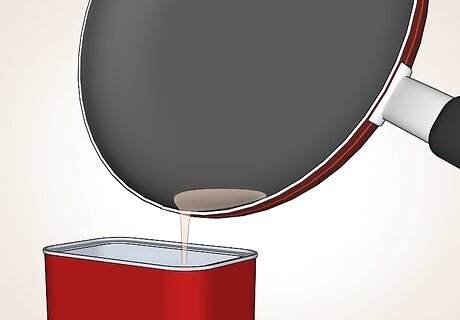
Transfer used cooking oil into the container every time you cook. Wait until the oil is warm rather than hot so that you don’t risk burning yourself, but don’t let it completely cool before you transfer it. If it cools completely, it’ll be harder to move. Never pour cooking oil or grease down the drain. It solidifies as it cools and can cause blockages in the plumbing.
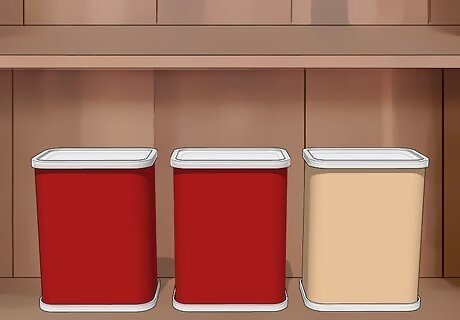
Store the container in a cool, dry location until you’re ready to recycle it. You can wait to recycle the oil until you have a full container to save yourself making multiple trips. Keep its lid on and place it somewhere out of the way, like in a cupboard or pantry. Unless you plan on reusing the cooking oil, there is no need to store it in the fridge.
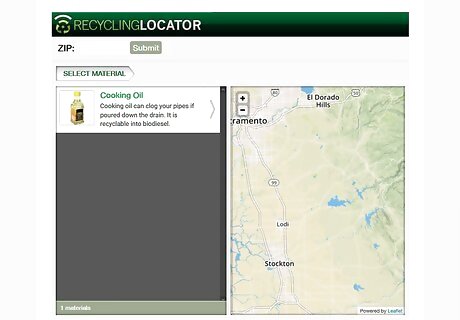
Locate the nearest recycling facility that accepts cooking oil. If there isn’t a facility nearby, check with your local fire department to see if they have a program set up. You could also check with local restaurants to see what they do with their used oil. To search for a location near you, visit https://earth911.com/recycling-guide/how-to-recycle-cooking-oil/#recycling-locator.Warning: Don’t put cooking oil out with your regular curbside recycling.
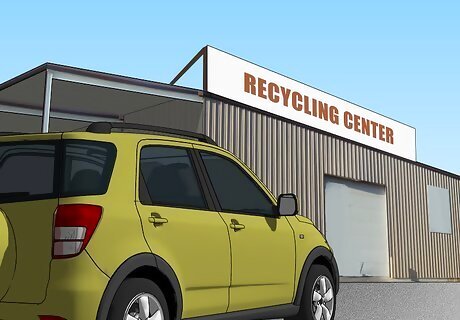
Drop off your oil when the storage container is full. Check the hours of the recycling facility to make sure they’ll be open. Some companies will pay you for cooking oil, but that most often happens if you work in a commercial kitchen and have large quantities to recycle at a time. Your recycled cooking oil will be refined into a biofuel that has a low carbon content. When it’s used for power generation and heating, it has a smaller carbon footprint, which is much better for the environment!
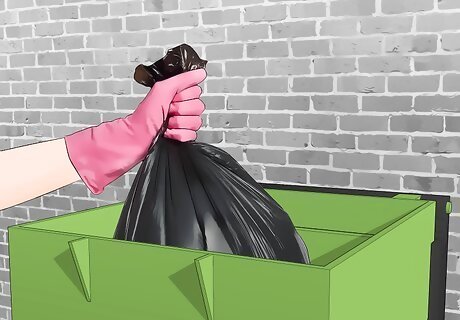
Throw the oil out in the garbage if you don’t have the option to recycle it. Do not put the oil down the sink, as that could cause a clog. You should still keep the oil in its lidded container even when it’s going into the trash so that it doesn’t attract rodents. If you did pour cooking oil down your drain, flush it immediately with hot water. Then pour a mixture of 1 cup (240 mL) of white vinegar and 1/2 cup (90 grams) of baking soda down the drain. If that doesn’t work, you may need to call in a professional.


















Comments
0 comment